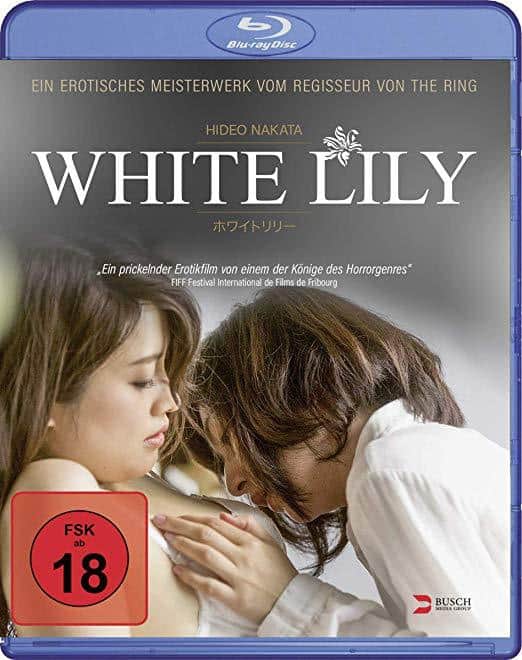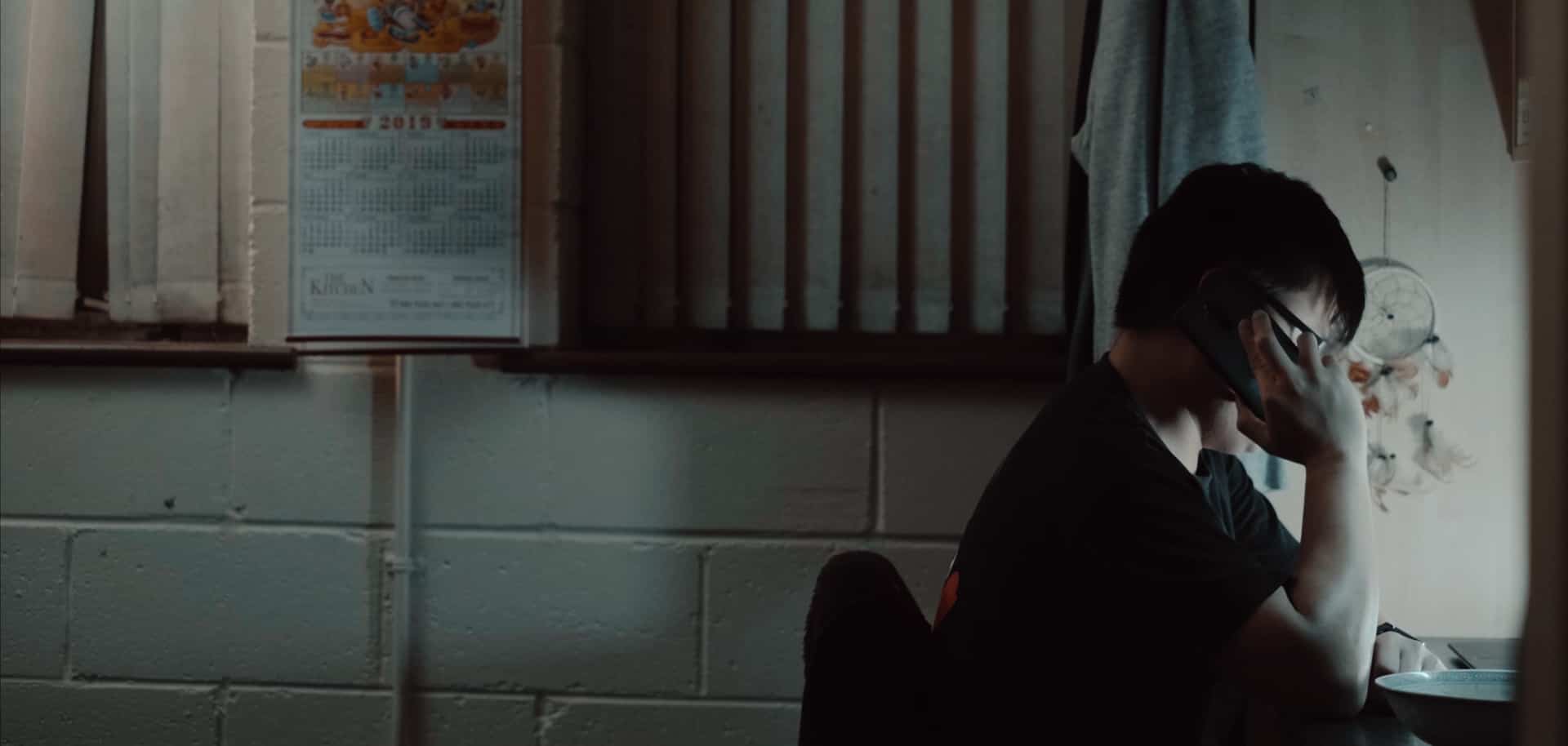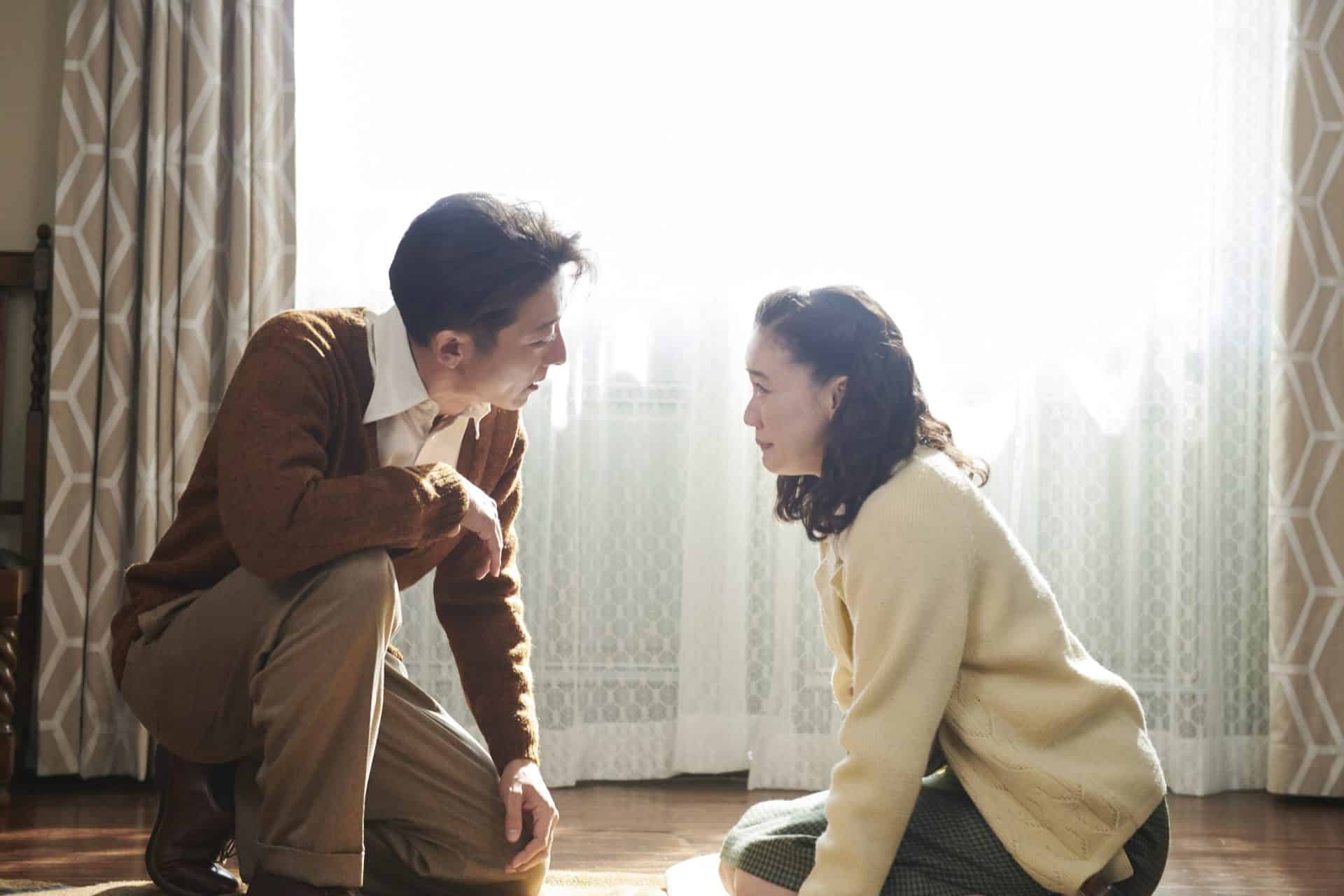As the 1960s were coming to an end, Japanese studios such as Nikkatsu found themselves nearly bankrupt. Founded in 1912, the studio had been the starting point of many successful careers and the home for many of the most influential filmmakers of Japan, such as Seijun Suzuki and Shohei Imamura. However, the growing importance and spread of the television had taken its toll on the studio who now had to go through one of the most radical transition as they started doing “roman porno” or pink films.
Buy This Title
Ultimately, pink films became the much needed change the studio had looked for and also one of the trademarks it is now famous for. In order to celebrate the anniversary of their first pink film, Nikkatsu attempted to reboot their line of “roman porno” with the help of such directors like Sion Sono and Kazuya Shiraishi, who would enjoy more or less creative freedom with their projects as long as they featured a sex scene every ten minutes and did not extend their running time of 80 minutes, just as the rules for the original were.
In 2016, Hideo Nakata (“Ring”) directed his entry into the reboot of “roman porno”. “White Lily” tells the story of Haruka (Rin Asuka), a young girl who lives and works in the pottery school of Tokiko (Kaori Yamaguchi), a ceramist famous in Japan. Haruka is madly in love with Tokiko and cherishes every moment the two of them are together, working on a piece of pottery or in bed having sex. However, she has become increasingly desperate, for Tokiko behaves more and more erratically, is drunk most of the time and brings men home for quick sex.
To make matters worse, when Satoru (Shoma Machii) asks Tokiko to be her new apprentice, the attractive young man immediately becomes the center of interest for the ceramist. As their affair begins to blossom, with Tokiko becoming possessive of Satoru, Haruka starts feeling depressed, especially since the young man also aggressively flirts with her.
While Sion Sono's “Anti-Porno” was an interesting, if somewhat tiring meta-film about the porn-industry and celebrity culture, “White Lily” is perhaps a more traditional pink film. The plot revolving around the fatal ménage à trois serves as the backdrop of a variety of suggestive imagery, especially regarding the tactile sensation of touching someone's body mirrored by the various close-ups of people creating pieces of pottery. If a viewer always thought the scene of Patrick Swayze and Demi Moore in “Ghost” as the two start kissing while also making pottery is the sexiest and most arousing sex scene ever, “White Lily” has you covered.
On the surface, the idea of fatal love and infatuation has certainly its merits. Various scenes revealing the past of Tokiko and Haruka show the nature of their longing as well as their abrupt mood swings and dependency to one another. The only issue is that the majority of these ideas will be uncovered in the first 15 minutes of the film, making not only the flashbacks somewhat redundant, but also revealing the paper-thin plot of this film. Of course, this is “roman porno”, but given the freedom Nakata had with the development of this feature, the result is rather disappointing as well as rather tedious. Even though the sex scenes are elegantly filmed, “White Lily” drags itself towards the end of its running time, leaving behind nothing but crumbled bed sheets.
“White Lily” is a tedious movie about obsession and longing. While there might be some good aspects here and there, the overall impression the film leaves behind is rather forgettable. Although Nakata is certainly a director capable of bending the laws of a genre, “White Lily” is disappointingly incapable of doing so, a forgettable porno whose worst crime is perhaps how boring it is.
















